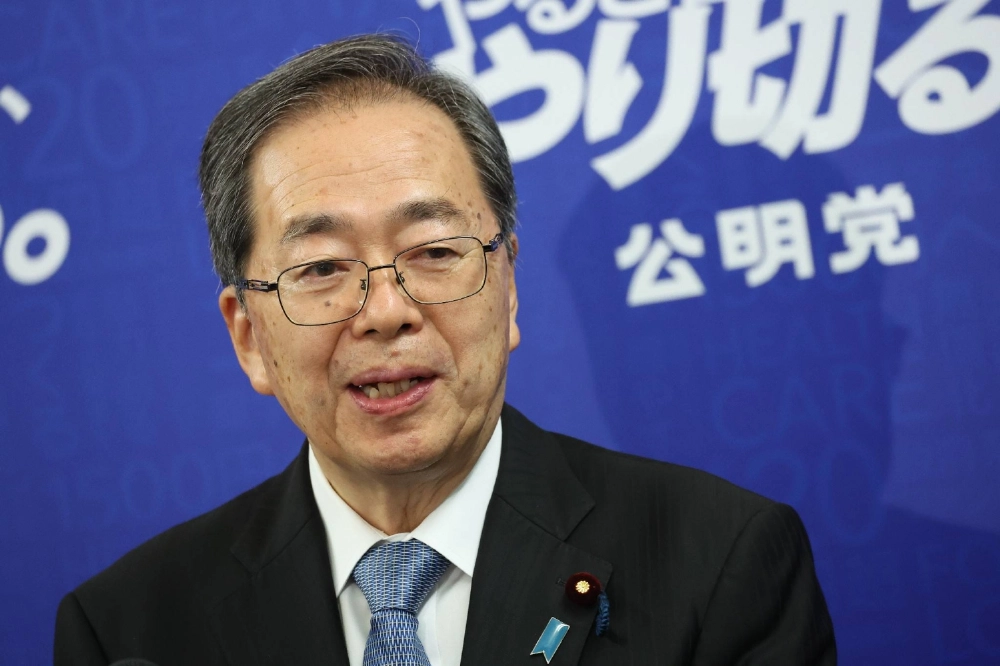With Komeito out of the ruling coalition, the parliamentary vote for prime minister has been thrown into confusion, as the Liberal Democratic Party and major opposition forces struggle to secure the needed votes for their candidates in a contest that looks increasingly likely to be decided in a runoff.
With the LDP no longer able to rely on Komeito’s support, newly elected LDP President Sanae Takaichi faces a higher hurdle in finding the needed votes from at least one major opposition party and little time to win them over before the expected opening of parliament early next week, possibly on Oct. 20.
Meanwhile, the Constitutional Democratic Party of Japan (CDP), sensing a chance to beat Takaichi in a runoff, is calling for a unified opposition candidate, with Democratic Party for the People (DPP) leader Yuichiro Tamaki’s name emerging. But the CDP and the DPP must first overcome differences on key policies to forge an agreement on how they would cooperate in parliament if Tamaki is elected prime minister.


















With your current subscription plan you can comment on stories. However, before writing your first comment, please create a display name in the Profile section of your subscriber account page.